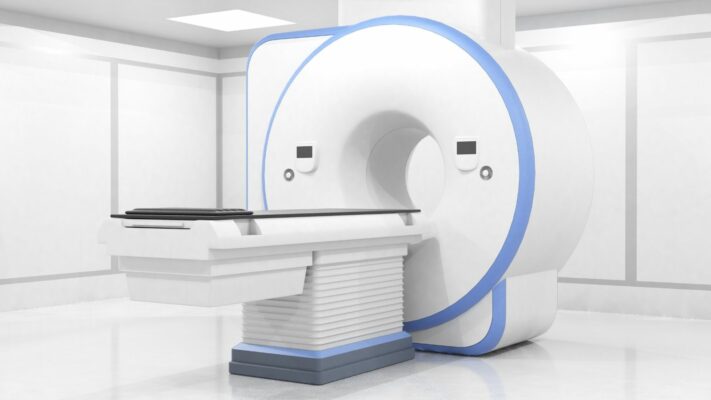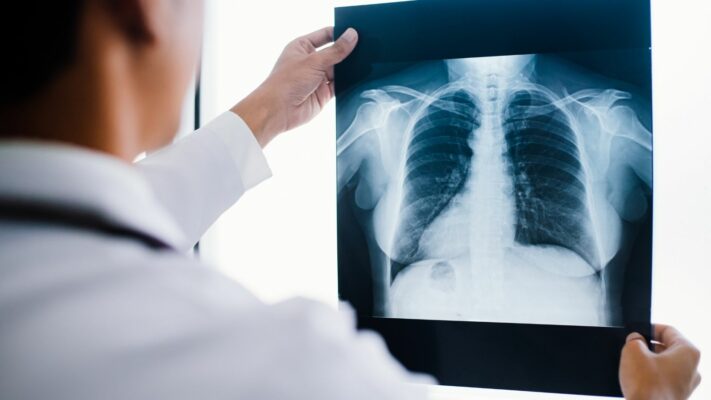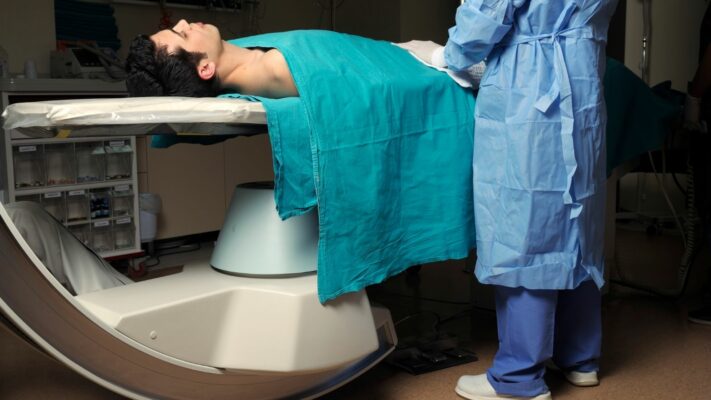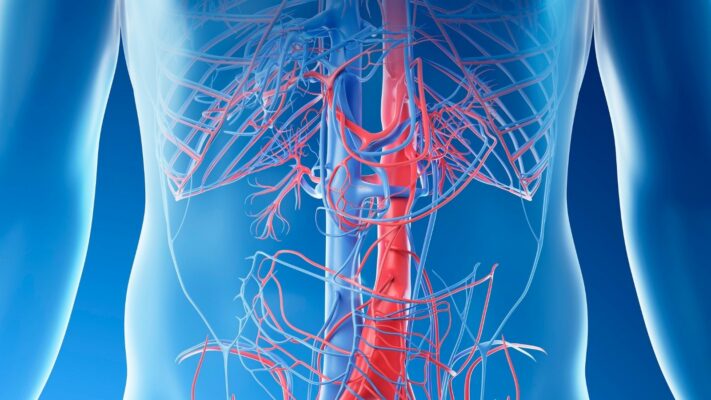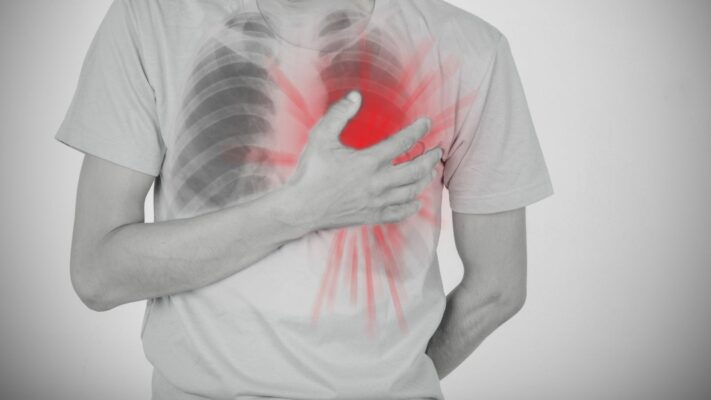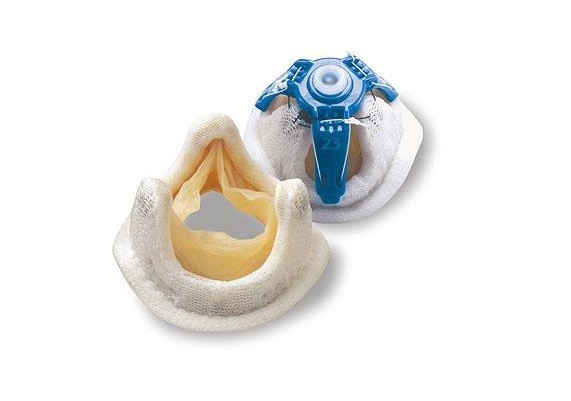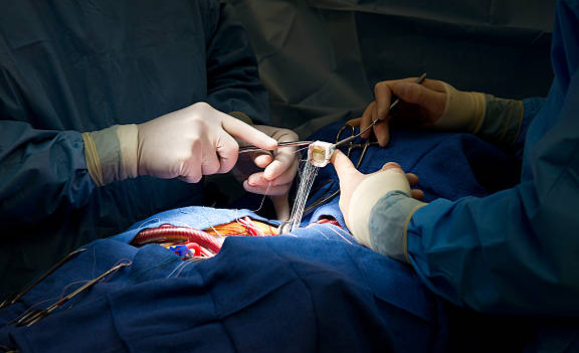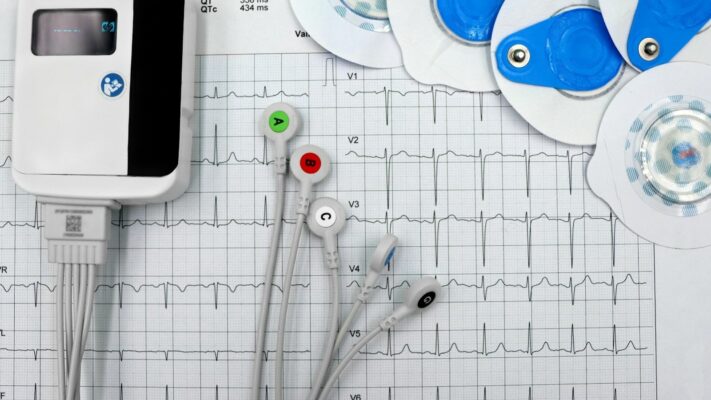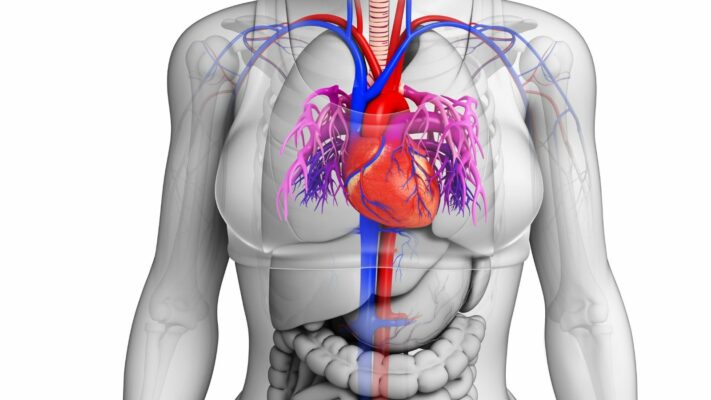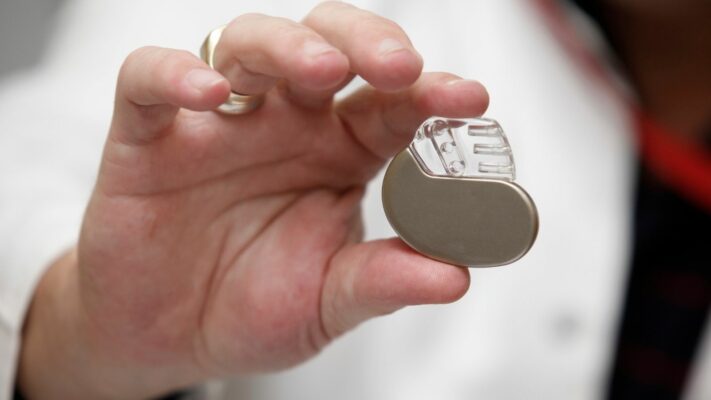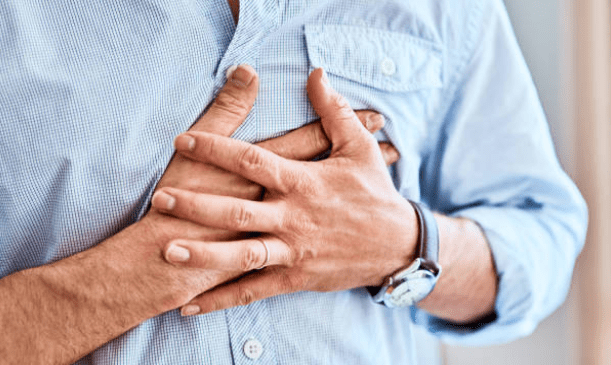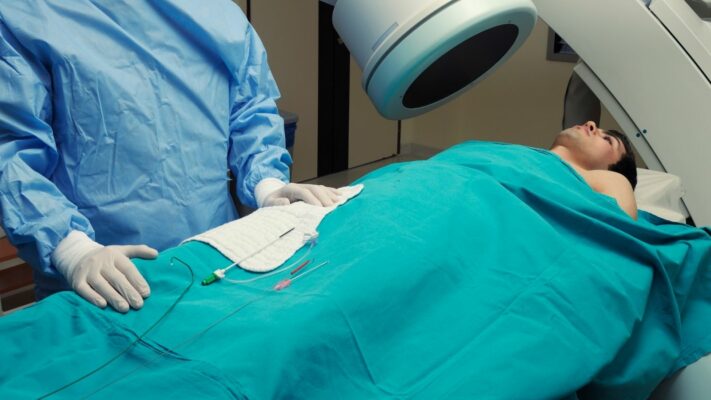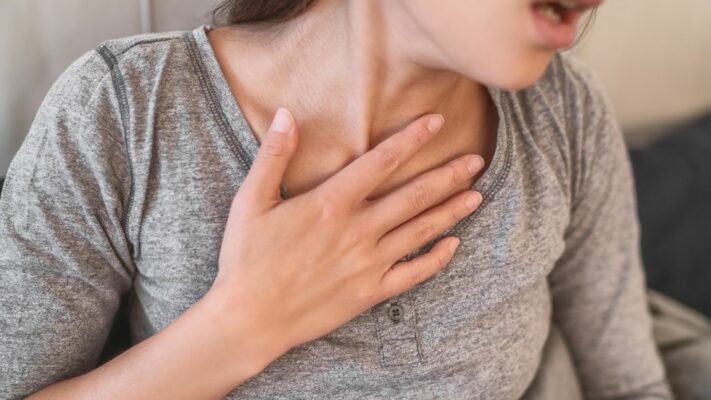Category Archives: General
Heart: Anatomy & Function
The human heart is a muscular organ responsible for pumping oxygenated blood to the body [...]
Aug
Magnetic Resonance Imaging (MRI)
Magnetic Resonance Imaging (MRI) is a non-invasive diagnostic method that uses strong magnetic fields and [...]
Aug
Cold Sweats: Causes and When to Be Concerned
Cold sweating refers to unexpected perspiration occurring without heat or physical exertion. It is usually [...]
Aug
Myocardial Bridge
Myocardial bridging is a congenital heart anomaly where a segment of a coronary artery tunnels [...]
Aug
Coronary Artery Spasm: Causes, Symptoms and Treatment
Heart spasm, also known as angina pectoris, is a condition caused by sudden narrowing of [...]
Aug
What is a Heart Murmur? What are the Symptoms of a Heart Murmur?
A heart murmur is an abnormal sound heard during the cardiac cycle, often detected by [...]
Aug
Athlete’s Heart: Causes, Symptoms & Treatment
Heart diseases in athletes are often associated with structural or electrical abnormalities that may remain [...]
Aug
Atrial Septal Defect (ASD) : Symptoms, Types & Treatment
Atrial septal defect (ASD) is a congenital heart anomaly characterized by an opening in the [...]
Aug
Chest X-ray (Radiography)
A chest X-ray is a radiological imaging method used to evaluate lung and heart structures. [...]
Aug
Angiogram: What It Is and What It Shows
Angiography is a diagnostic imaging procedure that visualizes blood vessels using contrast dye and X-ray [...]
Aug
Leriche Sendromu Nedir? Leriche Sendromu Ameliyatı
Leriche sendromu, aortun karın bölgesindeki son kısmı ile bacaklara kan taşıyan iliyak arterlerde ateroskleroz kaynaklı [...]
Aug
Causes, Diagnosis and Treatment of Sternum Pain
Chest cage pain is a common complaint with causes ranging from musculoskeletal strain to life-threatening [...]
Aug
Myxoma Causes, Symptoms and Treatment
Atrial myxoma is the most common type of primary cardiac tumor, typically located in the [...]
Aug
Biyolojik Kalp Kapakçığı ile Ameliyat
Biyolojik kalp kapakçığı ile ameliyat, hasar görmüş veya işlevini yitirmiş kalp kapağının hayvan dokusundan (genellikle [...]
Aug
Heart Valve Diseases
Heart valve diseases involve dysfunction of the heart’s valves, which regulate blood flow between chambers. [...]
Aug
Electrocardiogram (ECG)
An electrocardiogram (ECG) is a diagnostic test that records the electrical activity of the heart. [...]
Aug
Syncope (Fainting): Types, Symptoms & Causes
Syncope, commonly known as fainting, is a sudden and temporary loss of consciousness due to [...]
Aug
Takayasu Arteriti Nedir? Takayasu Arteriti Belirtileri Nelerdir?
Takayasu arteriti, büyük damarları tutan kronik, inflamatuvar bir hastalıktır ve özellikle aort ile ana dallarında [...]
Aug
Pacemaker (for the Heart): Surgery, Types & What It Is
Pacemaker surgery is performed to regulate abnormal heart rhythms by delivering electrical impulses. It is [...]
Aug
Stresin Kalp Sağlığına Etkisi
Stresin kalp sağlığına etkisi, hem doğrudan hem de dolaylı mekanizmalarla ortaya çıkar. Uzun süreli stres, [...]
Aug
Kalp Hastaları Oruç Tutabilir Mi?
Kalp hastalarının oruç tutup tutamayacağı, hastalığın türüne, evresine ve hastanın genel sağlık durumuna bağlıdır. Hafif [...]
Aug
Arrhythmia: Symptoms & Treatment
Arrhythmia is a condition characterized by irregular heart rhythms that may be too fast, too [...]
Aug
Virtual Angiography
CT angiography, also known as virtual angiography, is a non-invasive imaging technique that visualizes blood [...]
Aug
Dyspnea: Causes, Symptoms, and Treatment
Shortness of breath, also known as dyspnea, is the subjective sensation of difficult or labored [...]
Aug


